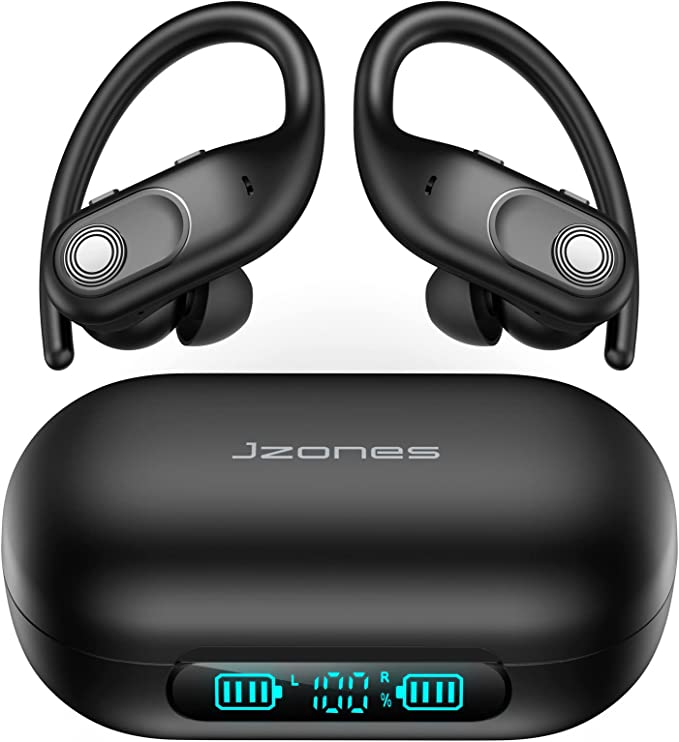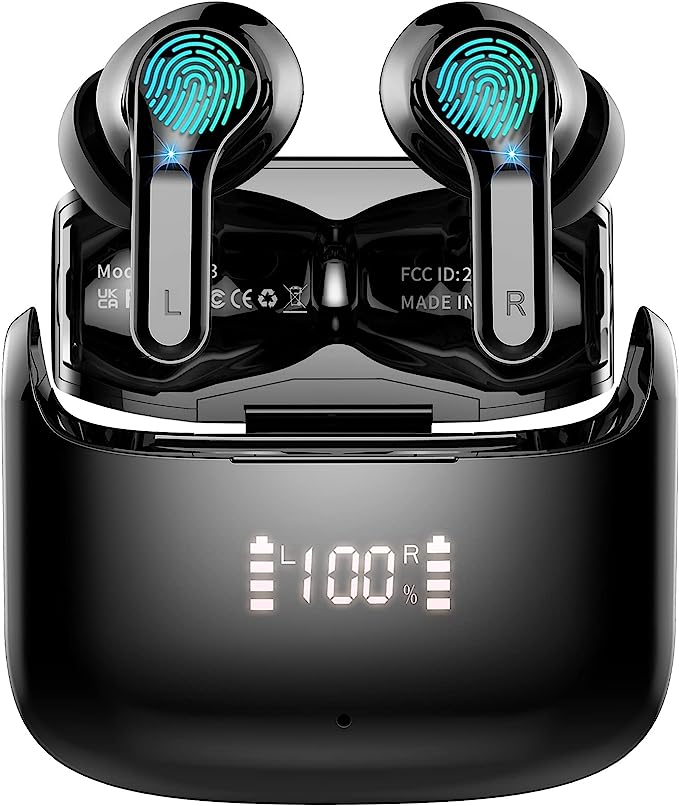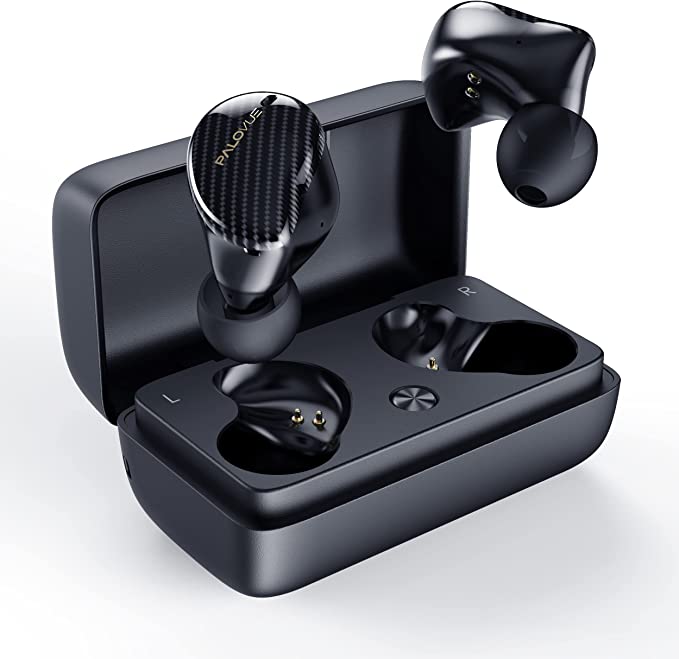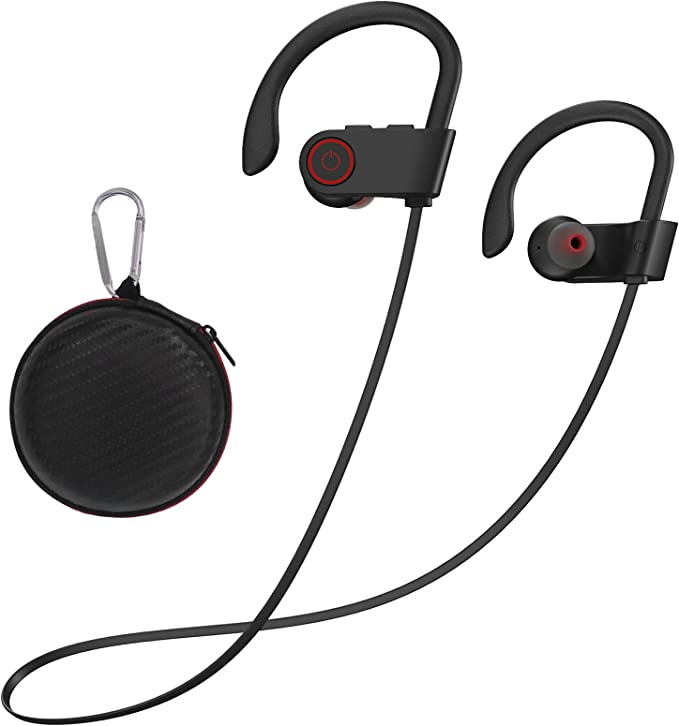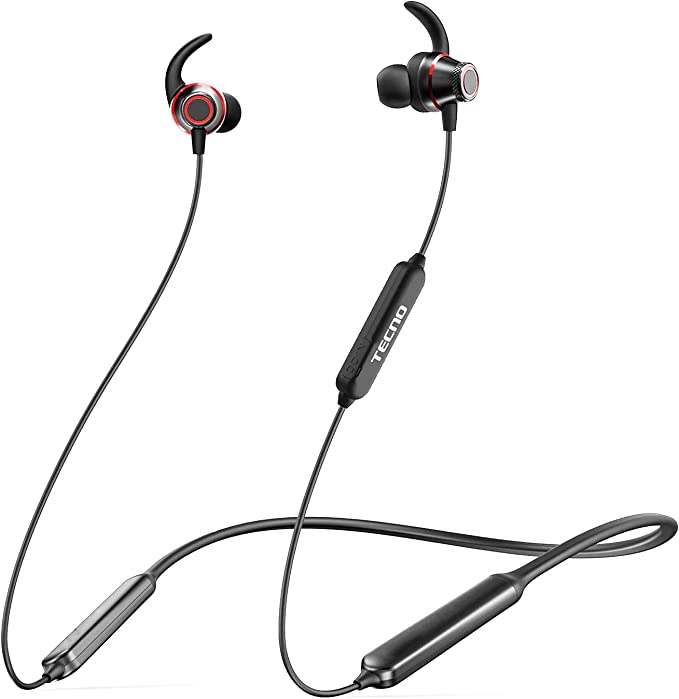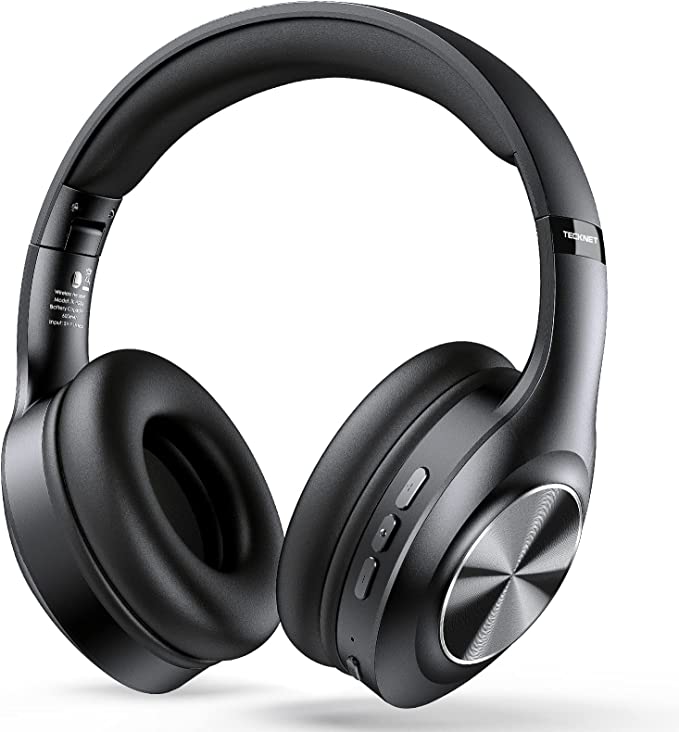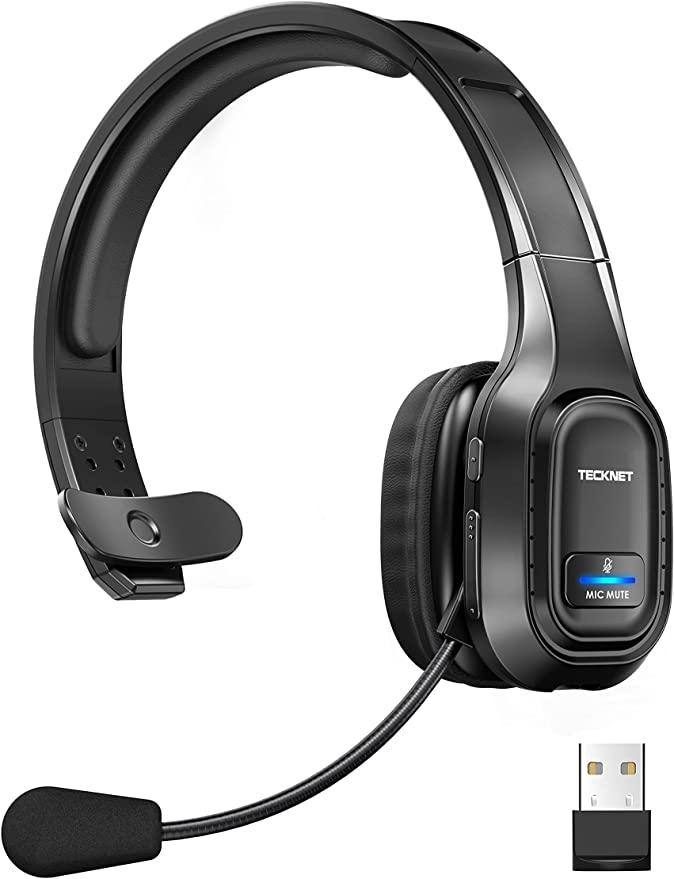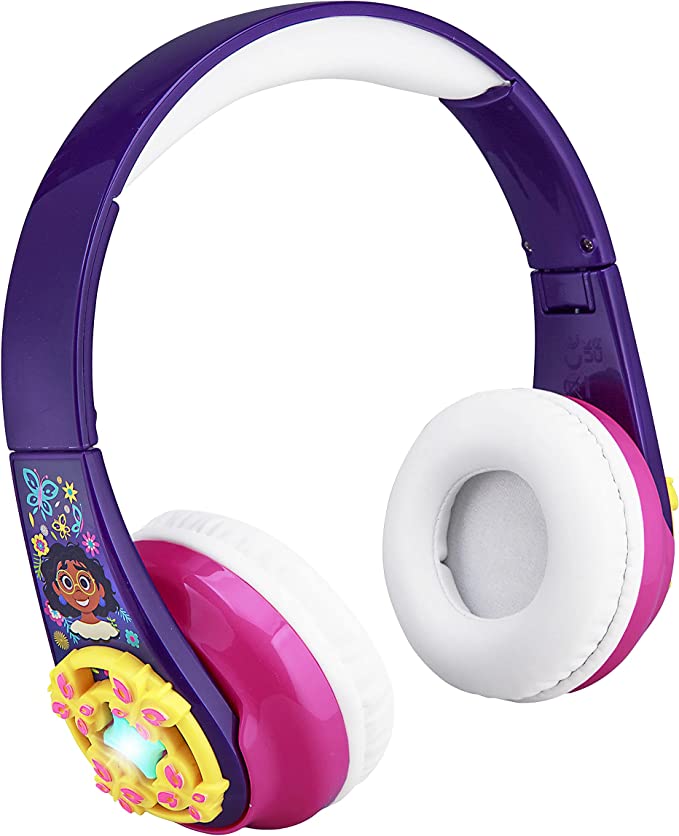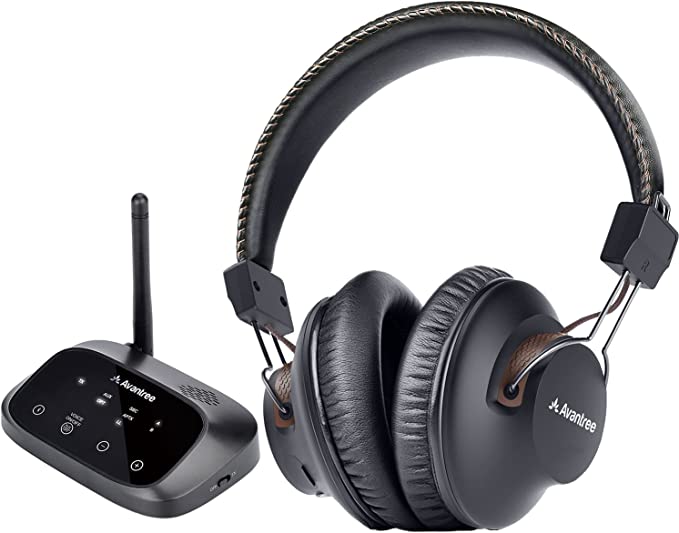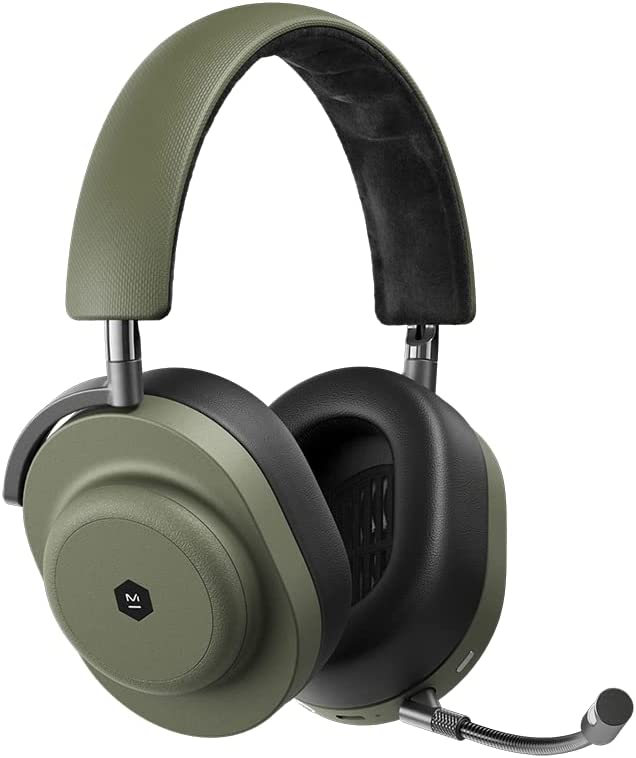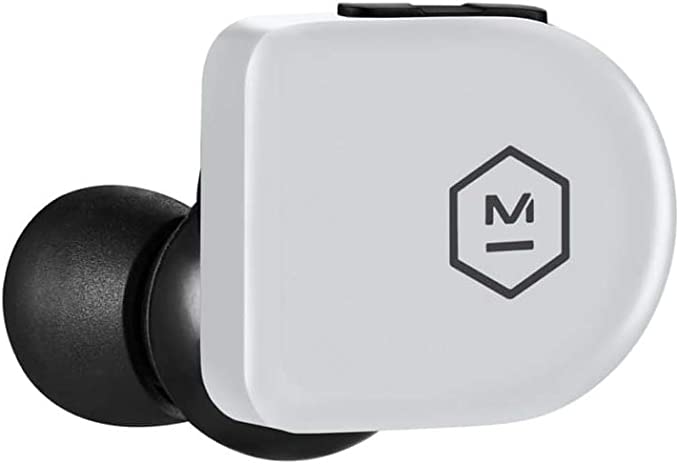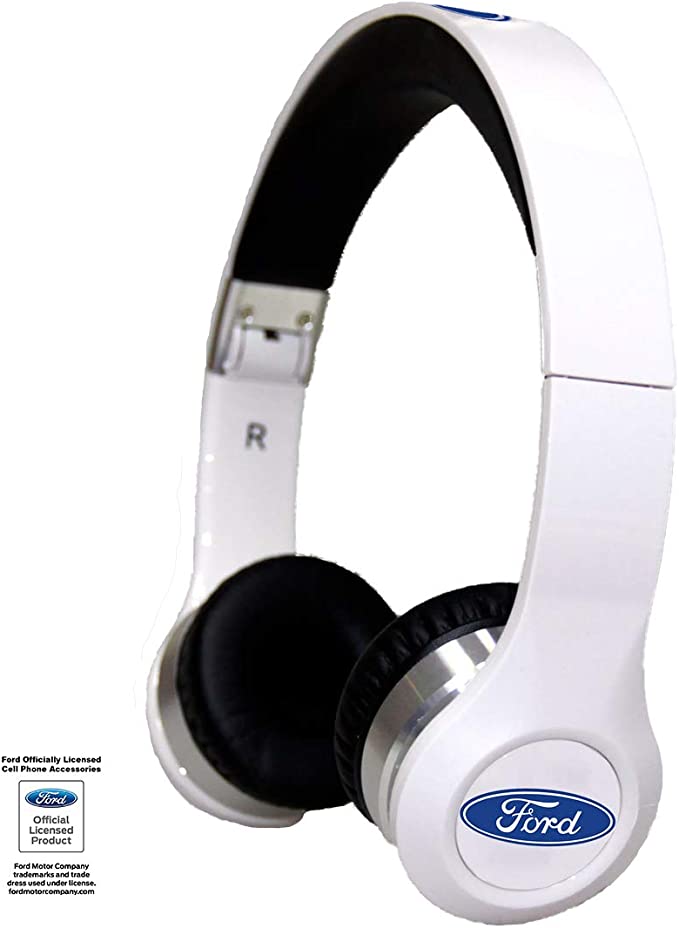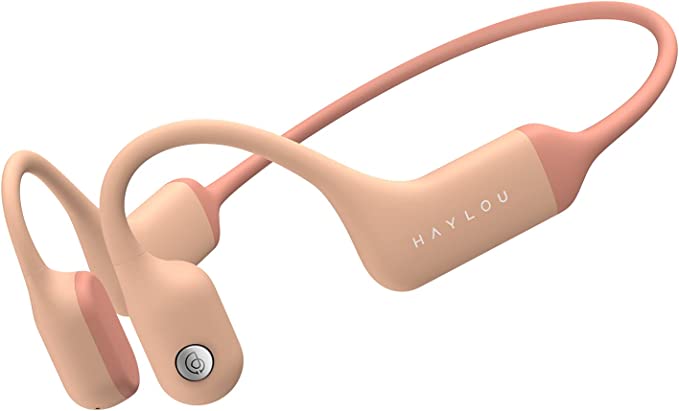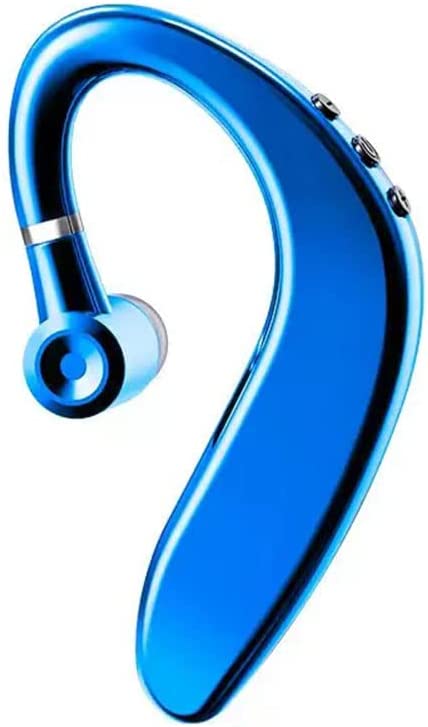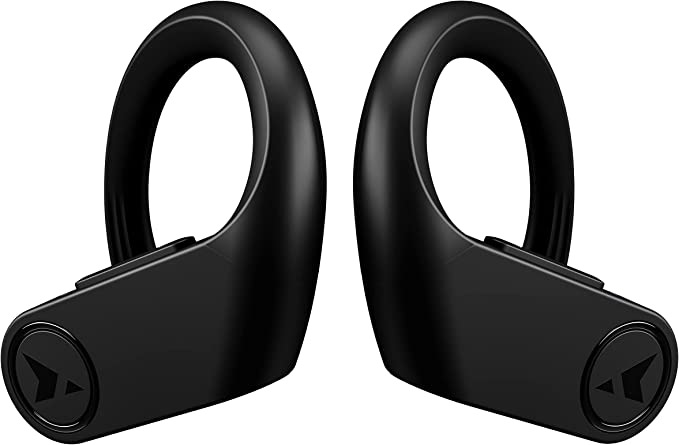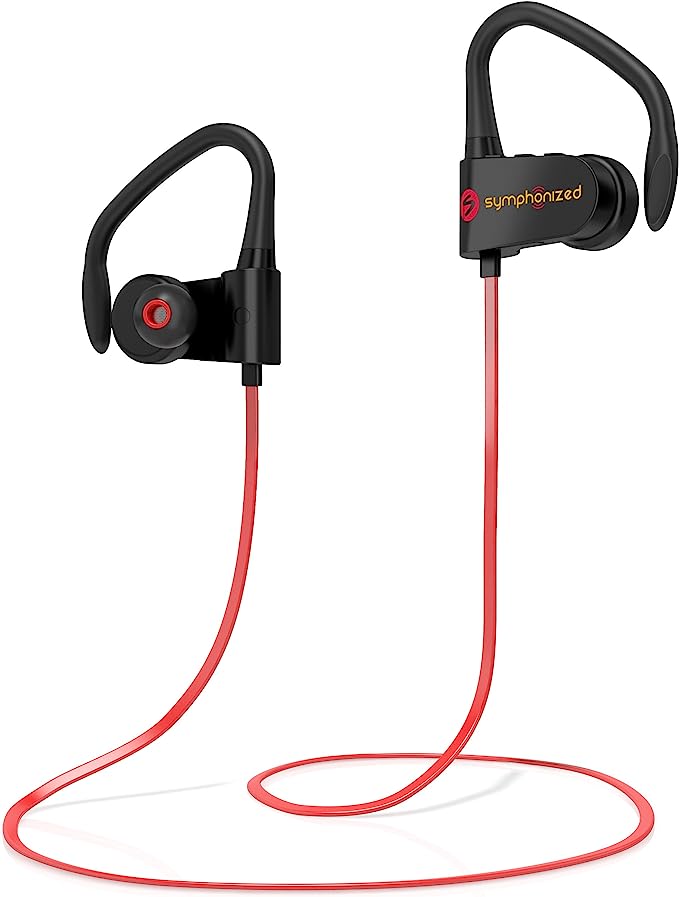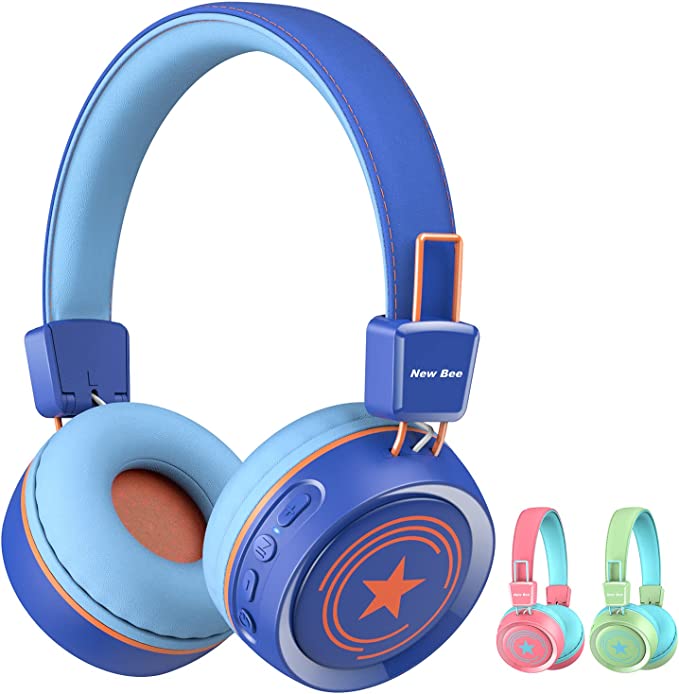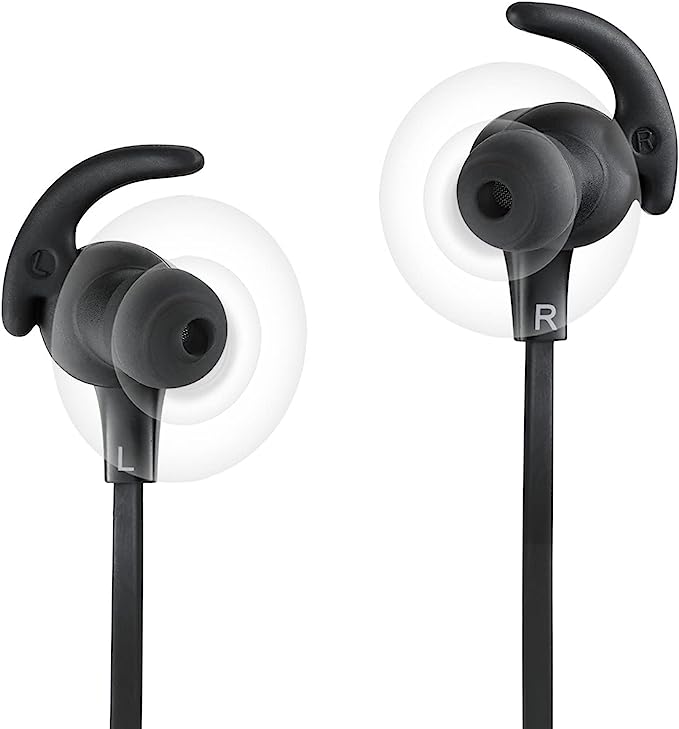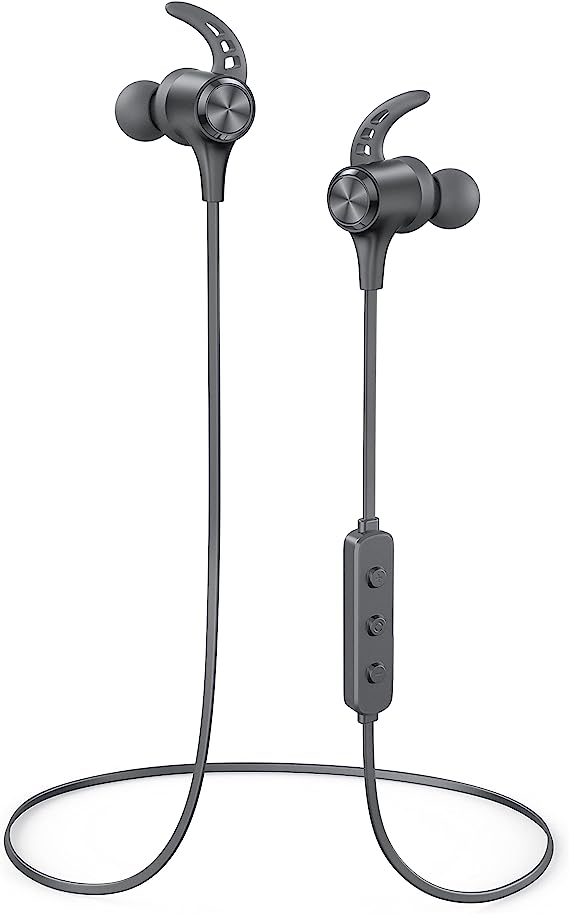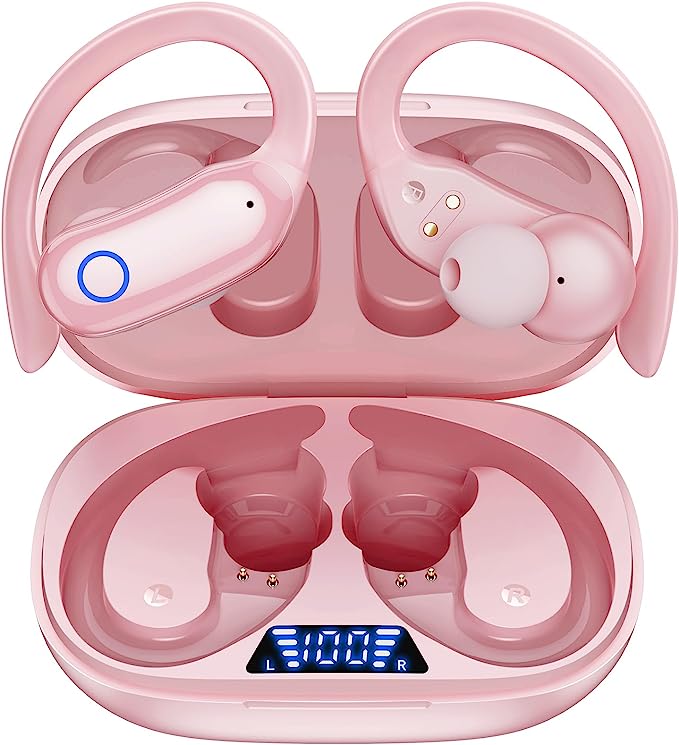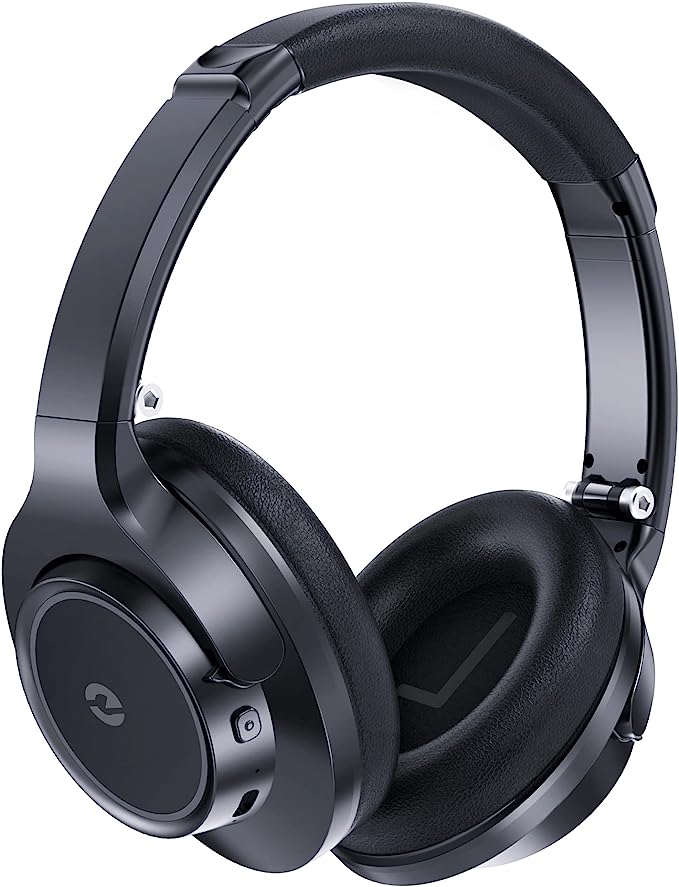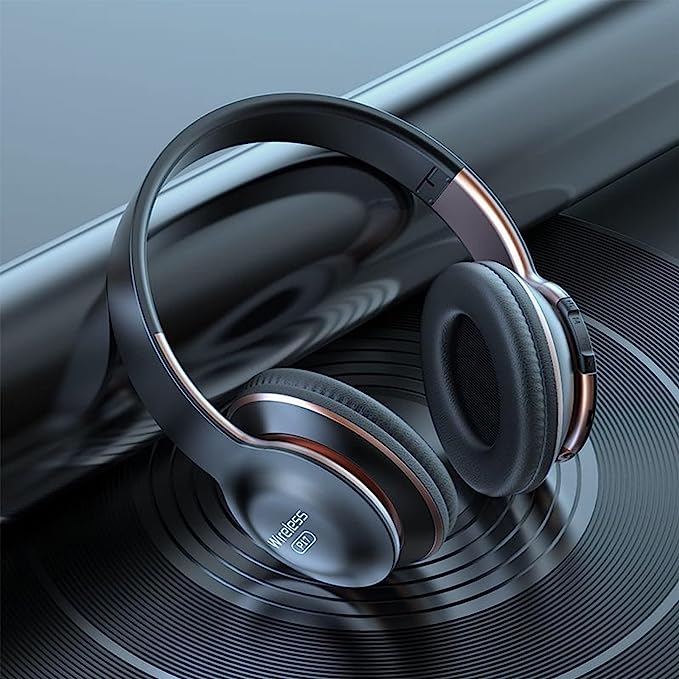DDXCAW J-88 Wireless Earbuds: Long Battery Life and Great Sound
Update on June 23, 2025, 9:22 a.m.
Ever been captivated by the bold claims on a pair of wireless earbuds? “48 Hours of Non-Stop Music!” or “Immersive HiFi Audio Experience!” These pronouncements are designed to grab attention, promising a world of untethered sonic bliss. But what happens when the spec sheet meets the street? Today, we’re going to embark on a little investigative journey, using the curious case of the DDXCAW J-88 wireless headphones – a product currently “unavailable” but rich in lessons – as our guide. Our mission? To peel back the layers of marketing hype and understand the science that truly powers, or sometimes underwhelms, our everyday audio companions. This isn’t just about one elusive pair of earbuds; it’s about empowering you to become a savvier tech consumer.

The Great Playtime Investigation: More Than Meets the Eye (or Ear)
One of the first things that might have caught your eye with the DDXCAW J-88 was its title screaming “48hrs Playtime.” A full two days of audio! Yet, a little further down, in the product description, the narrative shifts: “The wireless earbuds can enjoy about 6 hours of use time on a single charge, and the charging compartment can provide four charges when fully charged, with a battery life of up to 24 hours.” So, which is it? This discrepancy isn’t unique to the J-88; it’s a common sight in the bustling marketplace of budget electronics.
To understand this, let’s have a quick chat about the unsung hero inside your earbuds: the Lithium-ion (Li-ion) battery. These are miniature marvels of chemistry, packing a significant electrical charge into a tiny space – a property known as high energy density. Think of it like a very small, very efficient fuel tank. Each earbud has its own tiny Li-ion cell, and its “capacity” – often measured in milliampere-hours (mAh) – dictates how long it can run on a single fill-up. For the J-88, that’s a claimed 6 hours. However, like any fuel tank, how long it lasts depends heavily on how hard you’re driving. Higher volumes, complex audio codecs, or a weak Bluetooth connection can all drain that tiny tank faster. Furthermore, all rechargeable batteries have a lifecycle; they can only be charged and discharged a certain number of times before their ability to hold a full charge diminishes – a concept known as battery degradation. This is a fundamental characteristic of current Li-ion technology.
Then there’s the charging case, which is essentially a portable power bank, also housing its own, larger Li-ion battery. The J-88’s case promises “four charges.” If each of those charges fully restored 6 hours, that’s 24 hours from the case, plus the initial 6 in the buds, totaling 30 hours. But the description itself caps the total at “up to 24 hours.” This suggests a few possibilities: perhaps those “four charges” aren’t always full top-ups, or there are inefficiencies in the power transfer (no energy transfer is 100% efficient; some is always lost as heat, however minimal). The “48hrs” in the title likely represents an idealized scenario – perhaps very low volume, specific audio content, or intermittent use – conditions not typical for most users. The 24-hour figure, while still an “up to” claim, is the more grounded expectation derived from the product’s own detailed description. This teaches us a valuable lesson: always look past the headline number and scrutinize the details, understanding that “your mileage may vary” is a very real concept in battery life.

“HiFi Stereo” on a Shoestring: Sonic Dreams vs. Acoustic Realities
Next up is the enticing “HiFi stereo” claim. “HiFi,” or High Fidelity, is a term that, in its purest sense, means the audio equipment aims to reproduce sound as faithfully as possible to the original recording, with minimal distortion or added coloration. “Stereo,” of course, refers to the use of two independent audio channels (left and right), which allows for a sense of space and directionality in sound – the foundation of most modern music listening.
The DDXCAW J-88 earbuds, being an “In Ear” design, have an inherent advantage: passive noise isolation. By fitting snugly into your ear canal, they create a physical seal that blocks out a certain amount of external ambient noise, particularly in the higher frequency ranges. Think of it like wearing earplugs that also play music. This allows you to focus more on your audio without having to crank up the volume excessively. It’s important to distinguish this from Active Noise Cancellation (ANC), a more complex technology that uses microphones to detect external sounds and generate “anti-noise” to cancel them out. Given the J-88’s likely price point and the absence of any explicit ANC claims, the “Noise cancellation” feature rating of 3.6 out of 5 from users almost certainly refers to this passive effect.
But can true “HiFi” be achieved on a budget? It’s a balancing act. The heart of an earbud’s sound production is its driver – a tiny speaker. The quality of this driver, the materials used, and how it’s “tuned” (electronically adjusted to emphasize or de-emphasize certain frequencies) profoundly impact the sound. In more affordable earbuds, compromises are often made in driver quality and the sophistication of the tuning. While they might strive for a pleasant sound signature – and indeed, J-88 users rated “Sound quality” at a respectable 4.5 out of 5, with one reviewer noting the “sound quality is clear and crisp for the price” – achieving the neutrality and detail of true audiophile-grade HiFi is a tall order. The term “HiFi” in this context is often more aspirational, indicating an attempt at better-than-basic sound. It’s about perceived value; if it sounds good to you for the price you paid, that’s what matters most.

Beyond the Marquee Features: The Supporting Cast of Wireless Earbuds
While playtime and sound quality grab headlines, other features contribute significantly to the overall experience. The DDXCAW J-88, like its contemporaries, relies on Bluetooth for its wireless magic. This technology, governed by the Bluetooth Special Interest Group (SIG), uses radio waves to transmit audio data from your phone or laptop to your ears. Different versions of Bluetooth (e.g., Bluetooth 5.0, 5.2, 5.3) offer incremental improvements in range, stability, and power efficiency – general knowledge that’s good to have, even if the J-88’s specific version isn’t listed.

The promise of “One-step pairing” and touch controls aims for convenience. Ideally, after the initial setup, the earbuds should seamlessly connect when you take them out of their case. Touch controls, usually capacitive sensors on the earbuds’ surface, allow for managing playback and calls without reaching for your phone. However, real-world experiences can vary. One J-88 reviewer (Gdispce) mentioned that the earbuds “disconnect with the slightest ear adjustment,” highlighting that connection stability can sometimes be a pain point.
And then there’s the microphone. For many, earbuds are not just for listening but also for taking calls. Unfortunately, microphone quality is often an area where budget earbuds falter. The same reviewer, Gdispce, lamented, “no one can hear me in them.” This isn’t uncommon. Effective voice capture in a tiny device, especially in noisy environments, requires sophisticated microphone technology and noise reduction algorithms (like cVc - Clear Voice Capture), which add to the cost.
Durability is another crucial, yet often unpredictable, factor. While some users might enjoy months or years of trouble-free use, others encounter premature failure. Michelle Cornforth’s stark 1-star review for the J-88 stated, “Stopped working after first usage…The screen indicating charge never turned back on.” This underscores the “luck of the draw” element that can sometimes accompany more affordable electronics, where quality control might not be as stringent as with premium brands.

Lessons from an Unavailable Artifact: What the DDXCAW J-88 Teaches Us
So, the DDXCAW J-88 wireless headphones are “currently unavailable.” Does that make our exploration pointless? Not at all. This elusive product serves as an excellent microcosm of the wider consumer electronics landscape and offers several enduring lessons.

Firstly, it highlights the importance of reading between the lines of product listings. The J-88’s title, for instance, casually throws in “beats headphones.” This is clearly not a product from the well-known Beats by Dre brand but rather an attempt at keyword stuffing to attract searches – a red flag for savvy shoppers. Always verify brand authenticity.
Secondly, it underscores the immense value of aggregated user experience. While the J-88 boasted a 3.7-star overall rating, diving into individual reviews revealed a spectrum of experiences, from delight (the purple color was a hit for “NYC Gal Out☆,” who also loved the case’s charge percentage display) to dismay. No single review tells the whole story, but patterns emerge when you read a diverse range.
Finally, and most importantly, it shows that empowerment comes through understanding. Knowing a little about how Li-ion batteries behave, what “HiFi” truly implies, the basics of Bluetooth, and common pitfalls in budget audio design allows you to approach any earbud purchase with a more critical and informed eye. You begin to understand the why behind the specs and the user experiences.

Tune In to Smarter Tech Choices
The DDXCAW J-88, whether it ever resurfaces or remains a fleeting digital memory, has served its purpose for us today. It’s been a lens through which we’ve examined the often-confusing world of wireless earbud claims. The key takeaway isn’t about this specific model, but about the broader principles at play. When you next browse for audio gear, remember the playtime puzzle, question the sweeping “HiFi” declarations, and consider the practicalities of microphone performance and durability. Armed with a bit more knowledge about the science and engineering packed into these tiny devices, you’re far better equipped to navigate the cacophony of the electronics market and find the audio companion that truly sings to your tune, and your budget.
